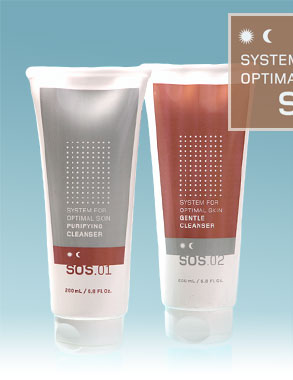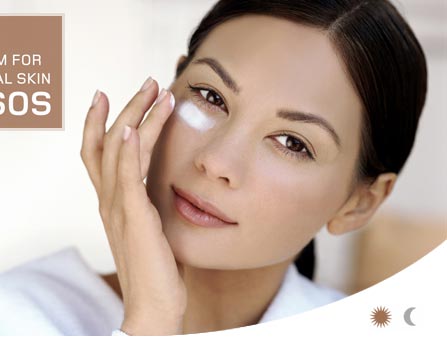The
Back of the Bottle (column #2)
Billions of dollars are spent on skin care products every year,
much due more to the effectiveness of the marketing campaigns than
of the products themselves. With so many grandiose claims being
made about so many products, many of them being vastly over-blown
if not blatantly untrue, it is important that estheticians have
the knowledge to see through the slick marketing and ascertain
whether a product can deliver what its makers claim it can.
In this new column, which will appear in every issue of this
publication, I will address the questions and concerns of readers'
vis-à-vis what the products that they are using really can
and can't do, as well as update the readers on the latest ingredients
and treatments available to today's estheticians.
For this, the inaugural The Back of the Bottle column,
I asked the staff of my clinic as well as estheticians to whom
our company distributes products to submit some questions, but,
for the future, I would like to address questions from the general
readership, so I would like to invite you to submit your questions
to me.
Q: Why is pH important in skin care products?
A: The skin's acid mantle has a pH
of between 4 and 5.5. Traditionally, for maximum penetration AHA's
and other skin care products have had to have a lower pH of approximately
3 in order to penetrate the acid mantle. Unfortunately, this lower
pH also serves to damage the acid mantle, which can cause the very
aging that we are trying to avoid. In order to provide optimal effects, look
for products that protect the acid mantle and preferably have a pH no lower
than 3.8 to 4.2.
Q:
What is the difference between lactic and glycolic acid?
A: While both Lactic and Glycolic
acid are AHA's, when used in skin care preparations, while they
may produce similar results, they act very differently:
- With better water retention properties than glycerin, Lactic
acid acts as both a moisturizer as well as an exfoliant. With
the ability to increase the stratum corneum's water-holding capacity,
when in concentrations of between 5 and 12%, Lactic acid is able
enhance the stratum corneum's pliability while improving fine
wrinkles and providing softer, smoother skin.
- The simplest AHA, due to its small molecular
size Glycolic acid is extremely effective at penetrating
the skin. By dissolving the internal cellular "cement", it acts
as a powerful exfoliant, reducing the excessive buildup of
dead skin cells that is associated with many common skin
problems. Further, by activating the skin's own hyaluronic acid,
Glycolic acid enhances the skin's moisture-retaining ability.
|

